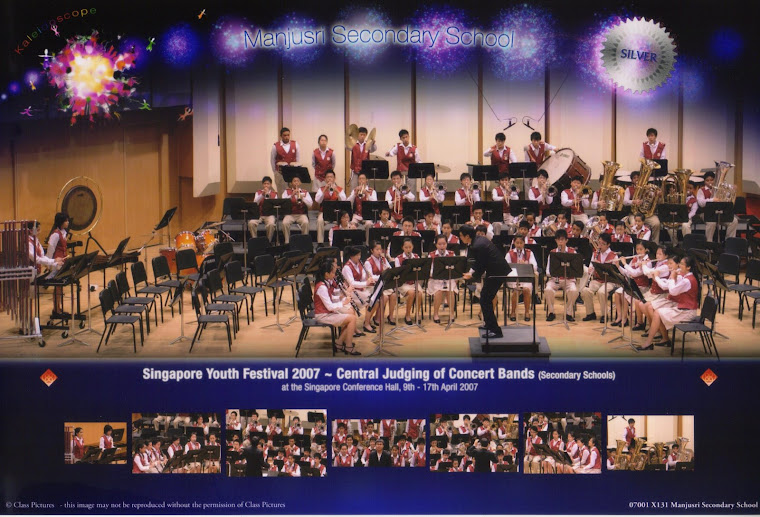
Tickets and posters will be distributed next week so that we can launch sales immediately. Please keep track of the tickets you're supposed to sell and assist the teachers. Avoid creating unnecessary stress and problems for people involved in monitoring and managing ticket sales.
Leaders, please roster duties to visit other bands for ticket sales during their band practice. Meet me next week to practise what to say. Sms me, please, to arrange for appointment.




